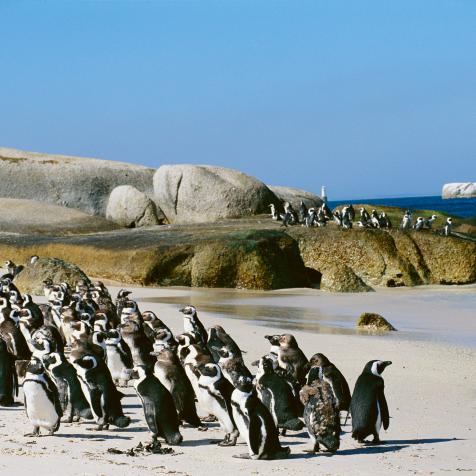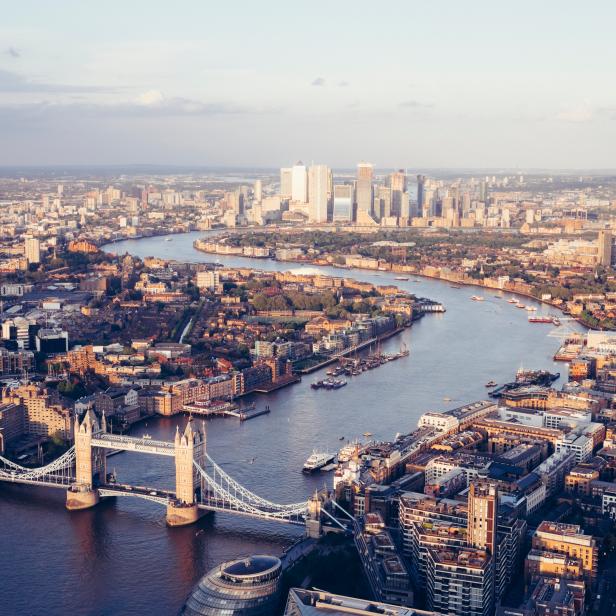
Gary Yeowell
London’s River Thames Has Risen From the Dead
Now teeming with life, this once ‘biologically dead’ river is home to sharks, porpoises, and seals.
The River Thames is one of the most famous rivers in the world and flows through London and Southern England for 215 miles. In 1858, hot weather exacerbated the smells of sewage and runoff polluting the Thames causing the ‘Great Stink.’ Nearly a century later, in 1957, the river was declared ‘biologically dead’ with scientists believing the water body was too far gone to ever sustain any life.
But during a health check of the river, reported in the State of the Thames, experts found an encouraging surprise.
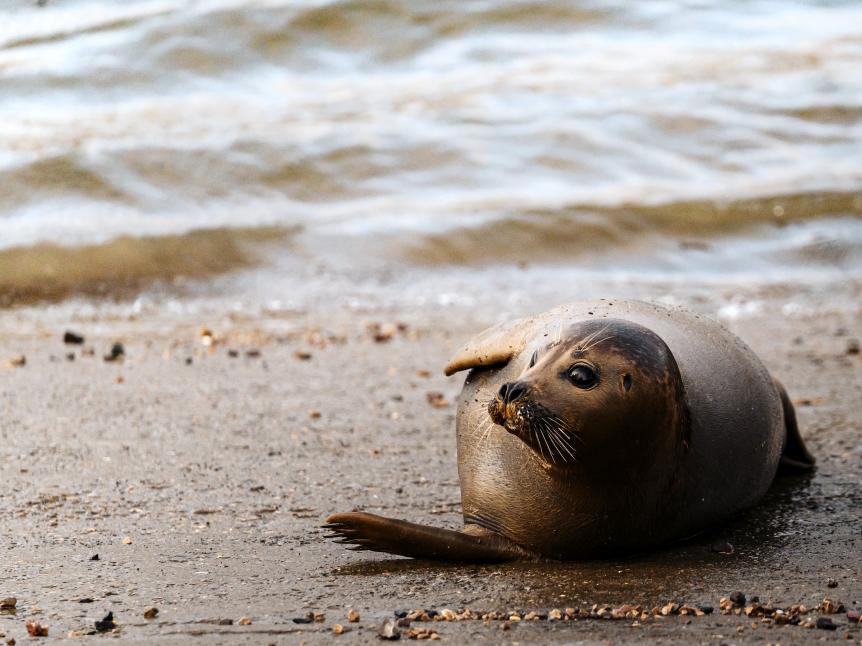
Christopher Sweet / EyeEm
Harbor seal on river slipway.
Today, the river is "home to myriad wildlife as diverse as London itself," writes Andrew Terry, the director of conservation and policy at the Zoological Society of London (ZSL). Conservationists cite a reduction in environmental pressures and improvements in habitats as key points for the river’s ecological success.
Both harbor and grey seals have been spotted in the Thames. Scientists have also found tope sharks, spurdogs, seahorses, and eels. The avocet, a migratory bird, thought to be extinct in 1842 due to habitat loss, is making a major comeback with its population in the tidal waters of the Thames almost doubling in the past few years.
“A healthy Thames is also vital in mitigating some of the impacts of climate change," said Dr. Terry. "As we increasingly recognize the intrinsic and economic value of nature’s services to humans, we hope to see investment in the continued restoration of the river."
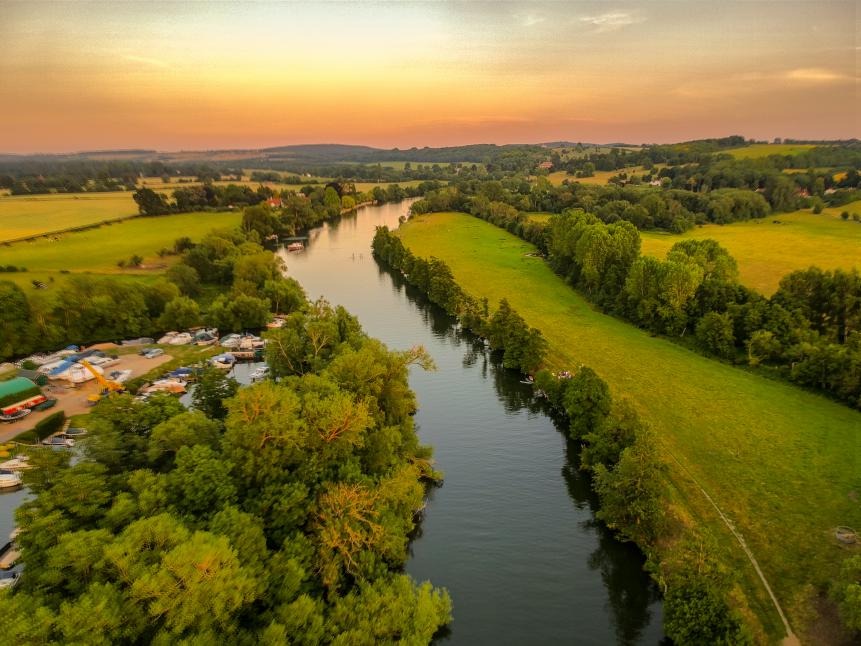
Paul Brown
The River Thames at sunset.
Improved sewage treatment since 1960 has helped reduce the harmful levels of pollutants entering the Thames’ water. Dissolved oxygen concentrations are up, critical for fish survival, and the long-term outlook for marine mammals is positive.
In addition to being home to more than 115 fish species and 92 species of bird, the River Thames provides drinking water, food, and livelihood to the people of England. While the report highlights promising trends, conservationists caution that there is still work to be done. Climate change poses a major threat to the river and long-term increases in nitrate concentration threaten its water quality. The ZSL says it hopes to revisit this data in another five to ten years.










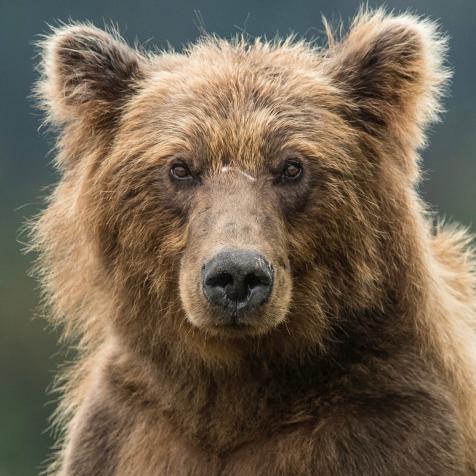


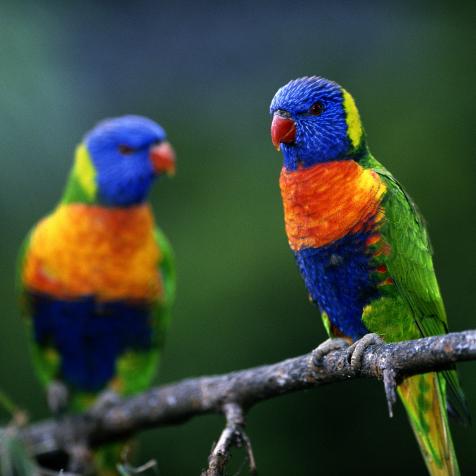
.jpg.rend.hgtvcom.476.476.suffix/1633031314945.jpeg)
